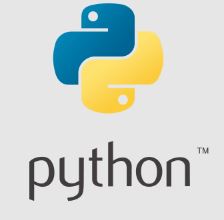In the world of C programming, unions are a fascinating and powerful data structure that every programmer should understand. This article serves as a comprehensive introduction to unions, with real-world examples and insights on how to utilize them effectively.
Understanding Unions
What are Unions?
Unions, like structures, are composite data types in C that allow you to group variables of different data types under a single name. However, unlike structures, unions share memory space among their members. This means that a union can hold only one value at a time, even if it has multiple members.
Declaration and Usage
To declare a union in C, you use the union keyword, followed by the union’s name and its members. Here’s an example:
#include <stdio.h>
// Define a union
union Money {
int dollars;
float euros;
double pounds;
};
int main() {
// Declare a union variable
union Money cash;
// Assign values to union members
cash.dollars = 100;
printf("Dollars: %d\n", cash.dollars);
cash.euros = 75.50;
printf("Euros: %.2f\n", cash.euros);
cash.pounds = 150.75;
printf("Pounds: %.2lf\n", cash.pounds);
return 0;
}Output:
Dollars: 100
Euros: 75.50
Pounds: 150.75
In this example, the union Money has three members: dollars, euros, and pounds. Only one member can hold a value at any given time.
Practical Applications
Unions are valuable in various programming scenarios, including:
- Implementing type conversion.
- Optimizing memory usage when only one member needs to be active.
- Working with data structures like variant records.





